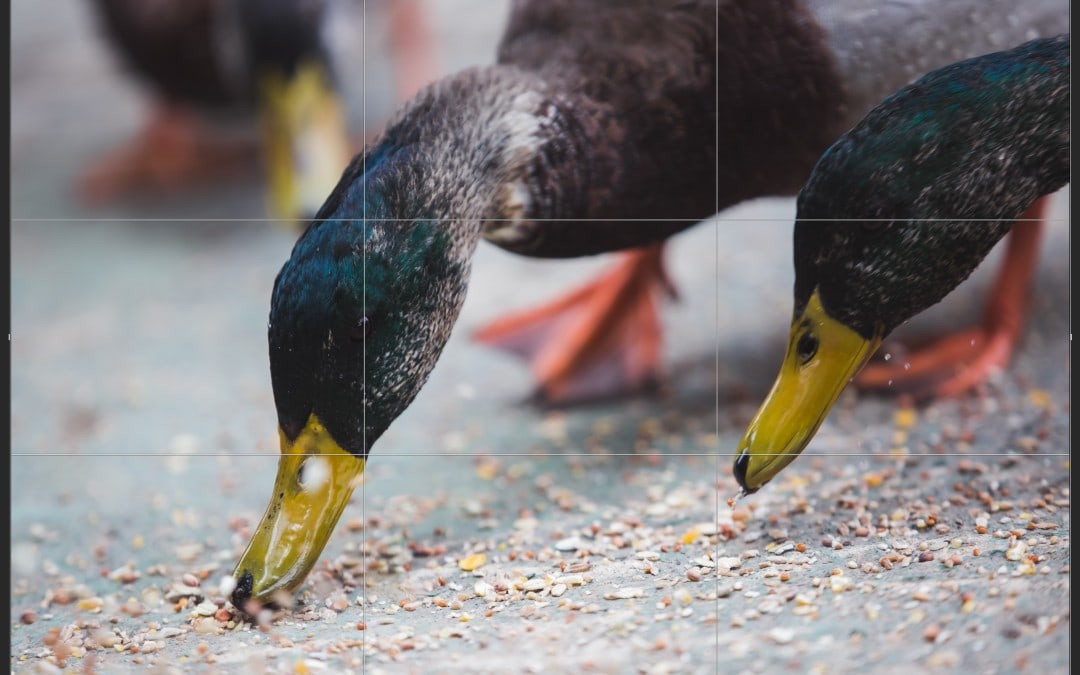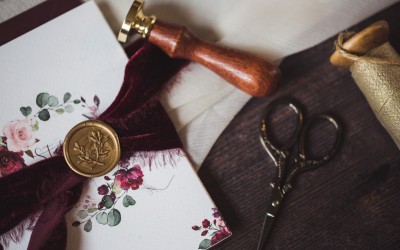If you’re reading this article you most likely have stumbled across the term ‘aspect ratios’ and are wondering how it affects your photography.

What are aspect ratios?
Put very simply it’s the shape of your photograph. You can shape your frame either as a square or rectangle but there are all manner of different variations available.
Almost all cameras as default take photos in 3:2 format, although you can change this setting if so desired. So what does 3:2, or 3×2 as it is alternatively written as, mean? Essentially if the long side has a length 3 the short side will be 2 in length. Doesn’t matter the unit of length (cm, inches, pixels etc) it always works the same.
Why are aspect ratios important?
If you are only ever planning to view a photograph on your computer screen then the ratio you use doesn’t hugely matter as long as it suits the image. It is though important as soon as you consider printing your photographs. If your photograph isn’t a common ratio and is therefore what is called an ‘arbitrary crop’, you will have to crop your image further when you print the image which may result in losing important parts of your photo.
The common ratios
Although most cameras photograph in 3×2 ratio common frame sizes vary between two main ratios namely;
3×2 and 7×5
But I bet you look at that and think, but what about larger frames?
Guess what even the larger frames will be one of these ratios almost all the time. They will just be a multiple! So a 12×8″ frame is a 3×2 ratio frame. If you multiply the numbers of 3×2 by 4 you get 12×8.

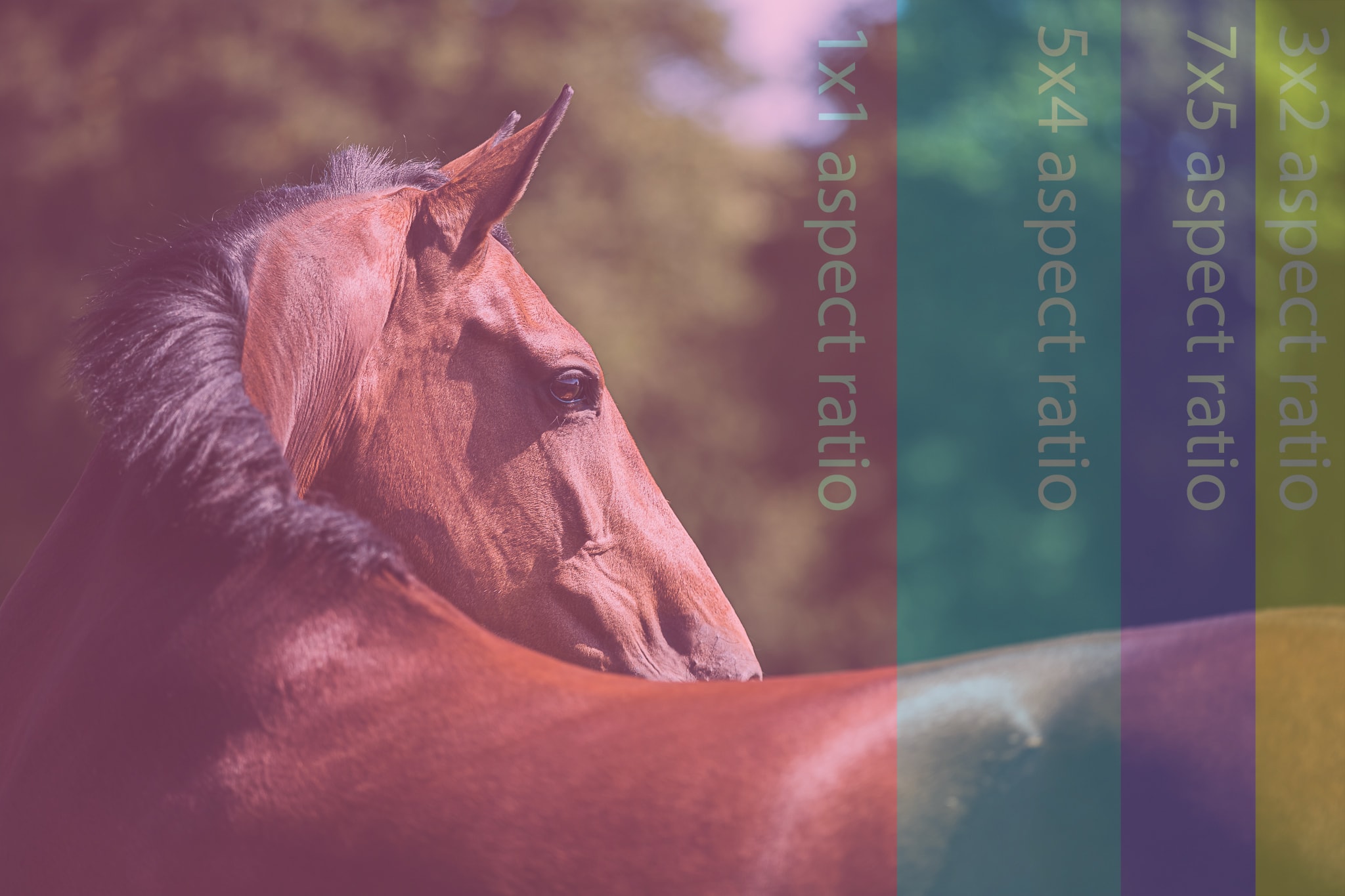
How do aspect ratios affect images?
When preparing a photograph to print you need to decide what size and therefore print ratio you will be printing in. Once you know which ratio you can crop the image accordingly. By changing ratio you will lose some of the image either from the sides or top depending on which ratio you are moving from and to.
The image left (above on mobile) is a good example of what parts of an image will be cropped when printing at different aspect ratios if cropping from the right side.
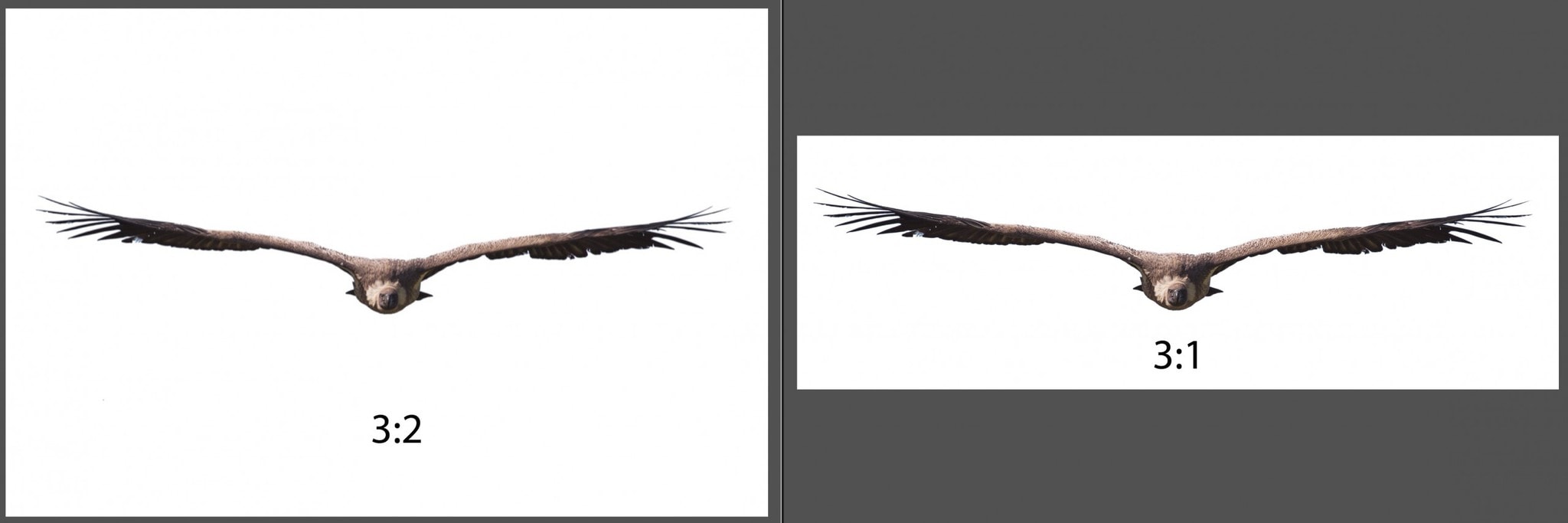
What aspect ratio should I choose?
You need to consider your image and also prospectively the space and/or frame when choosing the correct aspect ratio. The image above I took of a Vulture looks a bit lost in the frame when 3:2, by changing to standard panoramic ratio of 3:1 and instantly the bird fills the frame and grabs the viewers attention.
In addition to make sure the viewer is drawn to the subject you should choose a ratio that doesn’t crop any important parts of an image. Take this group photo (right/below). At 3:2 you can see the whole group, the same is true at 7:5. But at 5:4 you start loosing some of the group and by the time you hit 1:1 you are cutting out people altogether. Whenever you change ratio you need to ensure you are not losing anything important from the image or cropping at an inconvenient point.
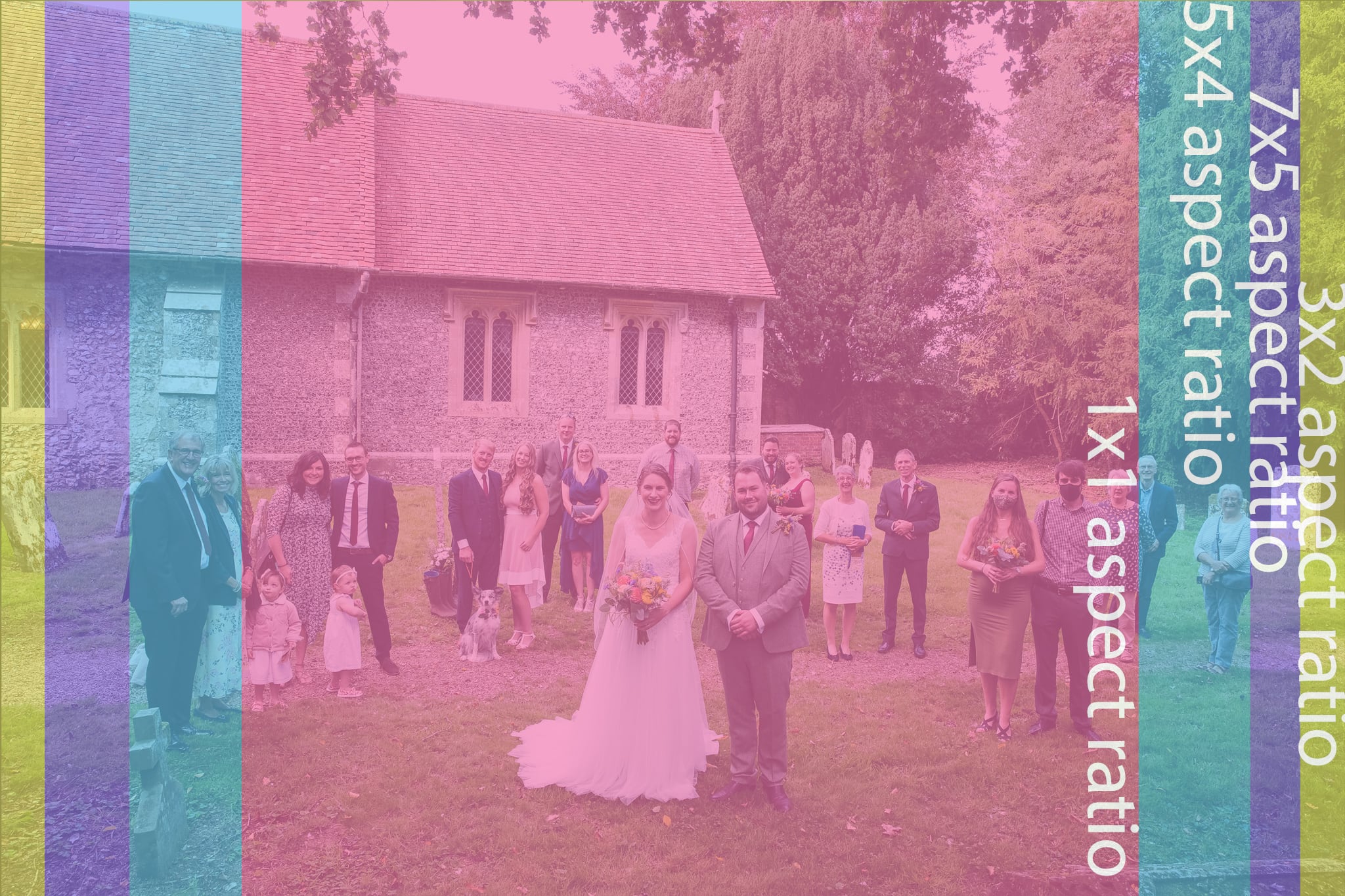

Adjusting the aspect ratio in Lightroom
Adjusting the crop and the aspect size in Lightroom is very simple. When in Lightroom make sure you are in the Develop Module (Press the D key on your keyboard to take you straight there if you’re not!) and then activate the Crop and Straighten tool. The shortcut to access this tool is the R key on your keyboard.
You should then see the word ‘original’ which if you click will give you options of different ratios you can choose from.
Hopefully, I have demystified crop ratios and you can now confidently go forward editing your images to ensure when you print an image it is shown off to its best. If you still have questions please get in touch as you may find some 1 on 1 training beneficial.
Do you struggle with photography terminology?
I offer 1-2-1 training sessions both in person and via online sessions to help you improve your photography. The sessions can cover anything from the photo taking to any part of your post processing workflow.
I am very much a believer that there are no stupid questions, and that everyone starts from a knowledge of zero. If no one teaches you, you cannot learn, but I am here to help. I love seeing my students develop as their confidence grows.
Contact me so we can discuss a personal training plan no matter what level you are currently at.

